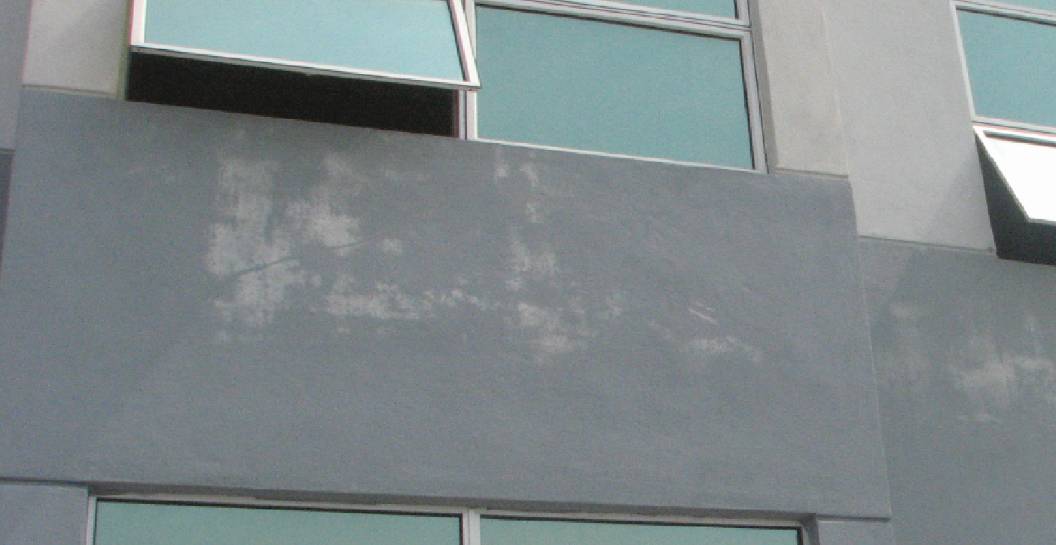Features of problem
The walls of old buildings are often found with mold and algae stains, green, brown or black stains, especially in areas with high humidity accumulation all the time, such as rainwater line, sewer line. It does not look beautiful, old, and shabby.
Causes
Fungus and algae stains are most common in areas with high humidity all the time. There are a number of reasons as follows:
1. It can be caused by the surface being in an environment with high water or humidity, such as rainwater line, sewer line. It has accumulated high humidity for a long time coupled with relatively high temperature. This is the ideal condition for the growth of mold and algae, causing the accumulation of bacteria and fungi and algae.
2. Use of low-quality paint not resistant to mold and algae or paint over the original paint film that has fungal problems. It is another factor that can cause this problem.
How to solve
1. Clean the area with mold and algae stains. Remove mold and moss with Nippon Paint Vinilex Biowash and leave it for 30 minutes. Notice that the moss will turn brown.
2. Scrape off the mold with a trowel and scrub to clean the mold and algae stains on the surface with plastic brush.
3. Apply another coat of Nippon Paint Vinilex Biowash (soaked type) to prevent mold and moss. Leave the wall to dry overnight.
4. The surface before painting must be clean and completely dry. If following the Nippon Paint standard, the moisture content is not more than 6% by the Kett model HI-520 or not more than 14% by the Protimeter Mini not exceeding pH 8.
5. The surface must not have cracks. If any, cracks must be repaired with quality material prior to coating. Where cracks are less than 2 mm in size, cracks are repaired with Nippon Paint Vinilex Wall Putty. For cracks larger than 2 mm, fill with Terracryl.
6. Apply 1 coat of old plaster primer (recommended colour system for exterior: 1 coat of Old Cement Primer, Nippon Paint Excel Primer, recommended paint system for interior: 1 coat of Water-Based Primer, Nippon Paint Aqua Sealer and 2 coats of Topcoat (Recommended colour system for exterior: 2 coats of Nippon Paint Weatherbond, recommended paint system for interior: 2 coats of Nippon Paint Aircare).
How to prevent
To paint in areas with high humidity, the surface should be cleaned properly to prevent mold and algae with Nippon Paint Vinilex Biowash fungicide and algae remover to penetrate into the pores of the wall better and deeper than conventional solutions. Thus, it can eliminate fungi and bacteria from the root. After that, repair the damaged surface by filling the cracks in the wall before painting.
Choose a quality primer with the anti-fungal and algae properties. It has excellent resistance to salt and alkali stains to help adjusting the condition of the original problematic surface.
Oil-based transparent primer: 1-2 coats of Nippon Paint Excel Primer.
High humidity resistant primer, oil-based white film: 1-2 times of Nippon Paint Tylelac Trans Sealer.
Water-based white film primer: 1 coat of Nippon Paint 5100 Wall Sealer




















